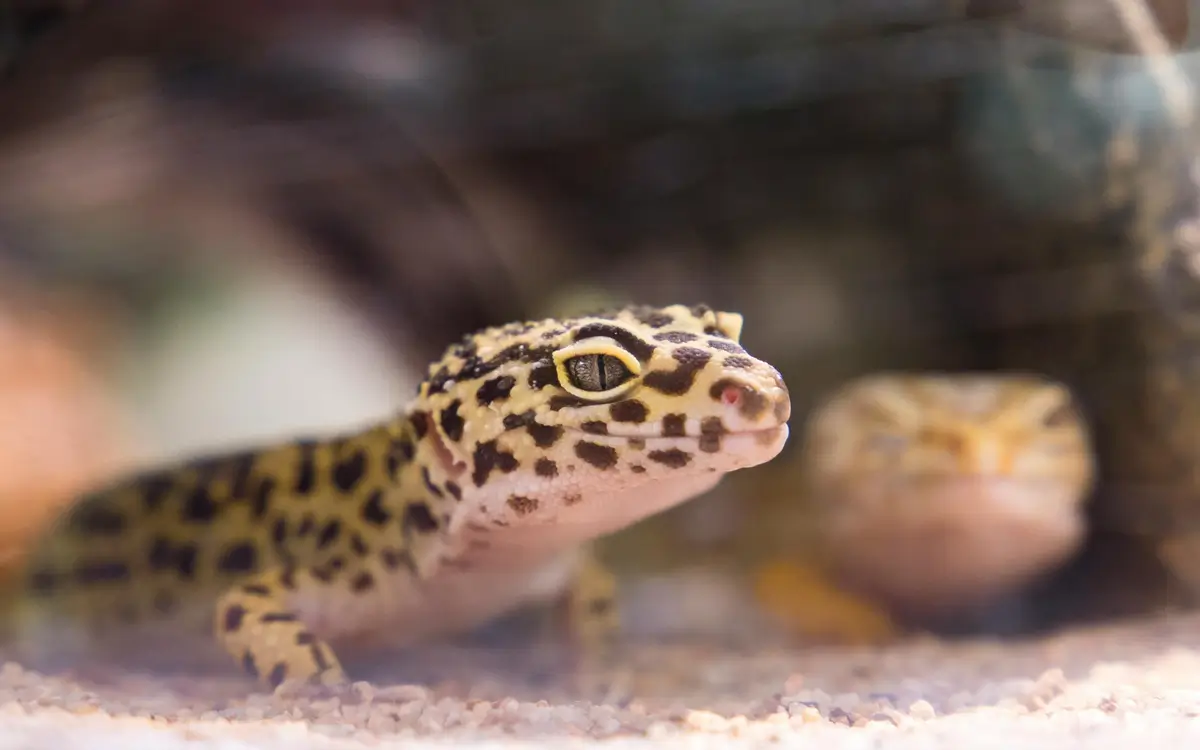Keeping lizards as pets has become an increasingly popular choice for pet keepers.
For newcomers to reptile care, selecting the right species and mastering proper husbandry practices are crucial.
This guide introduces beginner-friendly lizard species and essential care tips to help you start your lizard-keeping journey.
Table of Contents
Choosing the Right Lizard
For first-time owners, it’s best to start with medium-sized, docile, and easy-to-care-for species.
Geckos, such as the leopard gecko, are excellent choices. Their striking appearance, adaptability, and low-maintenance needs make them ideal for beginners.
Other options include the blue-tongued skink or certain anole species, which are also hardy and manageable for novices.
Creating the Ideal Habitat
A suitable enclosure is vital for your lizard’s health and well-being:
- Enclosure Size: Ensure ample space for movement. A 20-gallon tank is a good starting point for small species.
- Temperature & Humidity: Most lizards require a thermal gradient. For example, leopard geckos thrive at 25–35°C (77–95°F) with 40–60% humidity. Use under-tank heaters and digital thermometers for precise control.
- Lighting: Provide UVB lighting for species requiring vitamin D3 synthesis (e.g., bearded dragons) and daytime heat lamps.
Feeding and Nutrition
Diet varies by species:
- Insectivores: Leopard geckos and anoles feed on live insects like crickets, mealworms, or dubia roaches.
- Omnivores: Blue-tongued skinks enjoy a mix of protein (e.g., snails) and vegetables.
Supplements: Dust food with calcium and multivitamin powders 2–3 times weekly to prevent deficiencies. Avoid overfeeding—portion control is key to preventing obesity.
Daily Care and Best Practices
- Hygiene: Clean the enclosure weekly and remove waste promptly to prevent bacterial growth.
- Observation: Monitor behavior and appearance. Lethargy, loss of appetite, or irregular shedding may indicate health issues.
- Handling: Approach gently to avoid stress. Support their body fully and wash hands before/after contact.
Breeding Considerations
For experienced keepers interested in breeding:
- Research species-specific requirements (e.g., cooling periods for leopard geckos).
- Prepare separate enclosures for hatchlings and ensure proper nutrition.
- Consult a reptile veterinarian for guidance on genetic health and incubation.
Final Thoughts
While lizard care may seem straightforward, it demands knowledge and attention to detail.
By selecting a suitable species, optimizing their environment, and staying vigilant about their needs, you can ensure your scaly companion thrives. This guide aims to empower you with the basics—happy lizard parenting!









Add comment